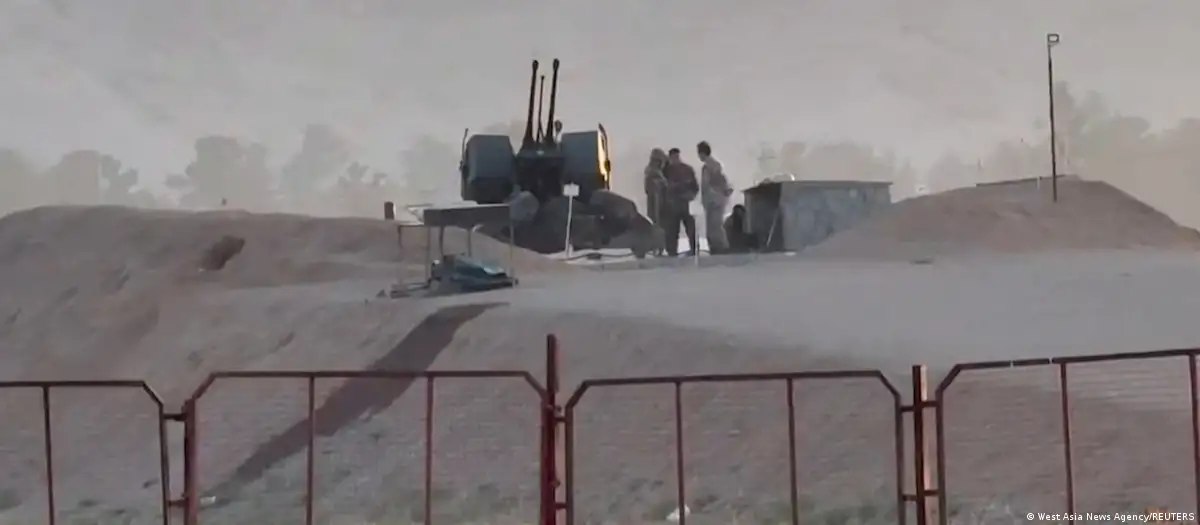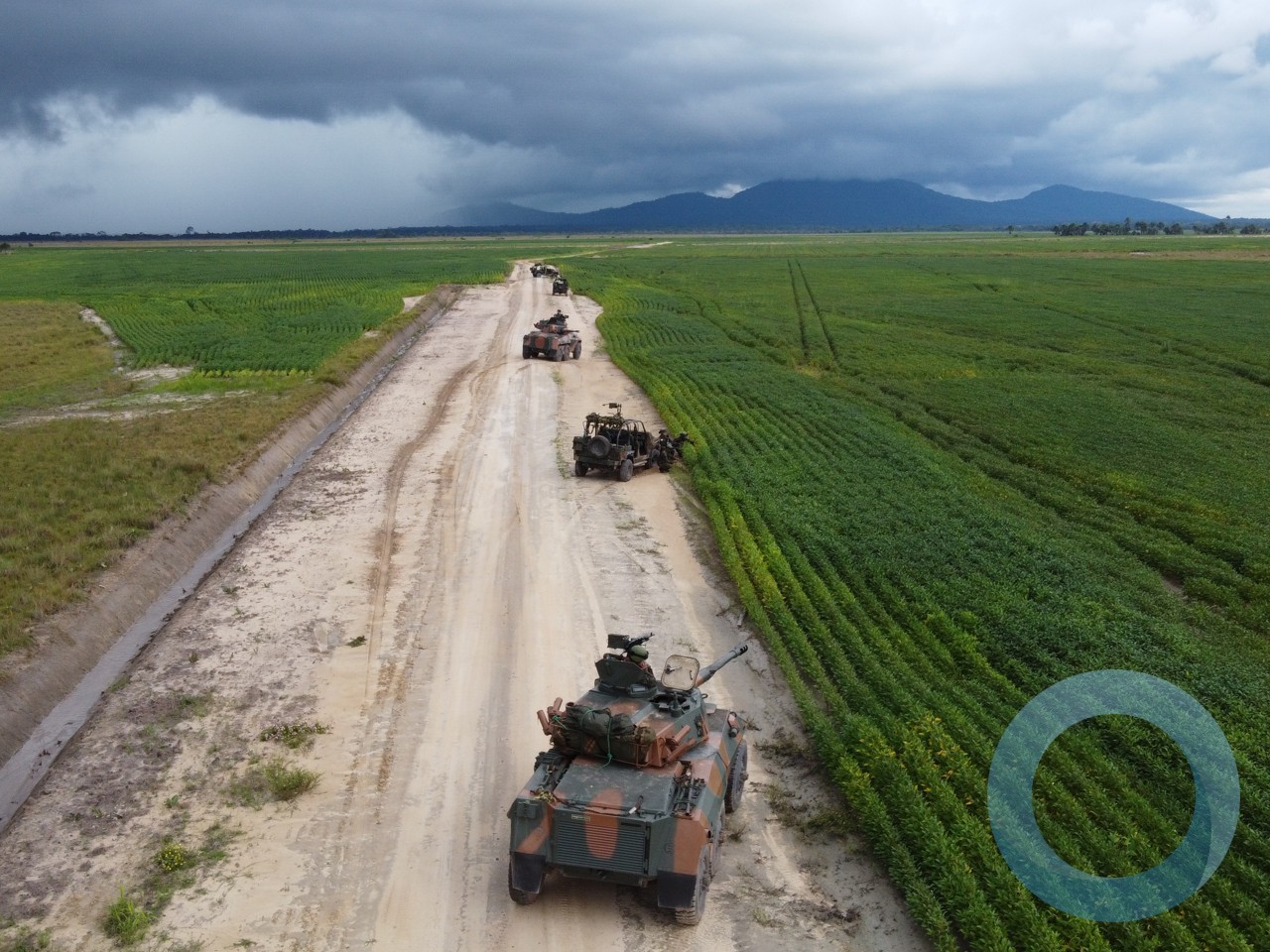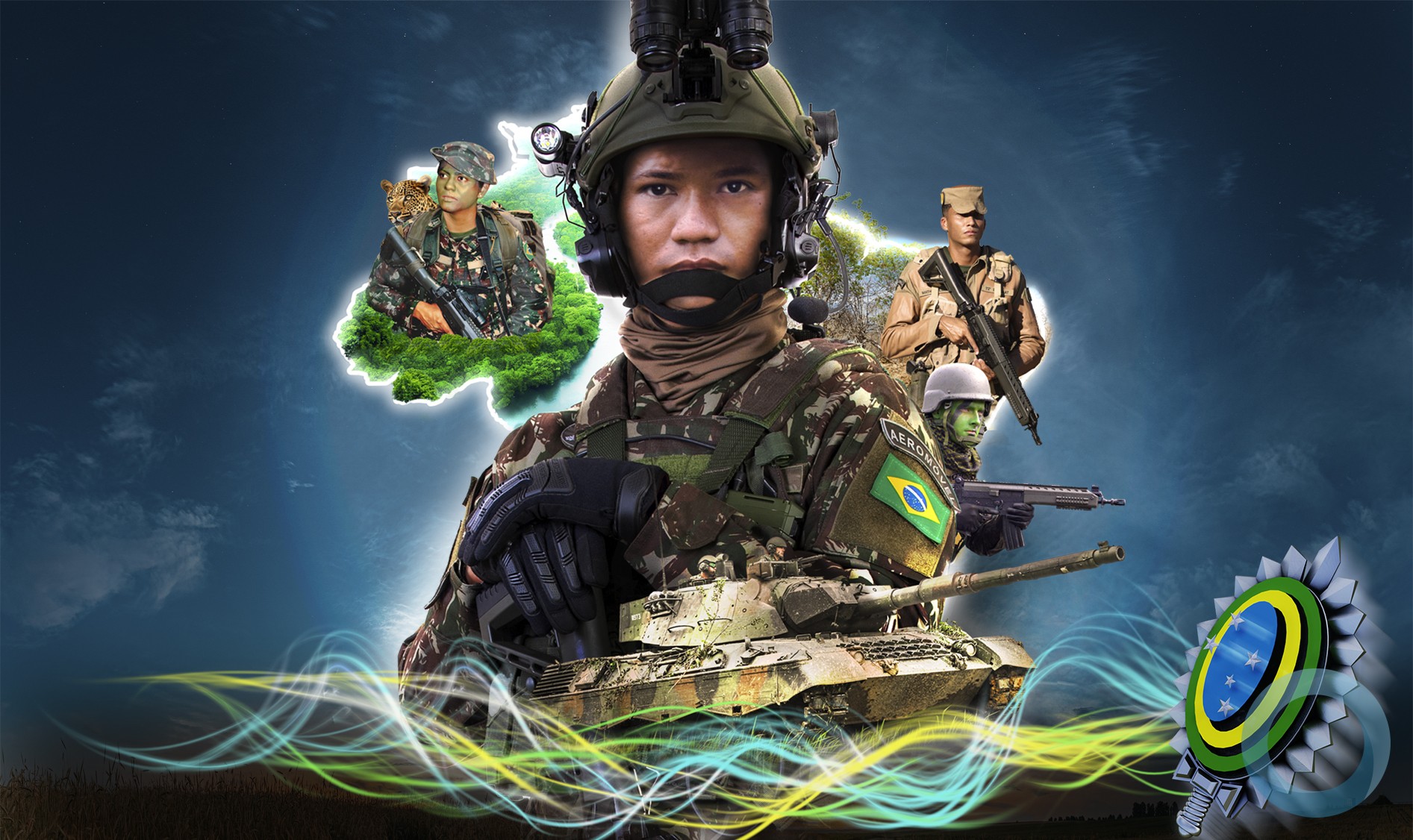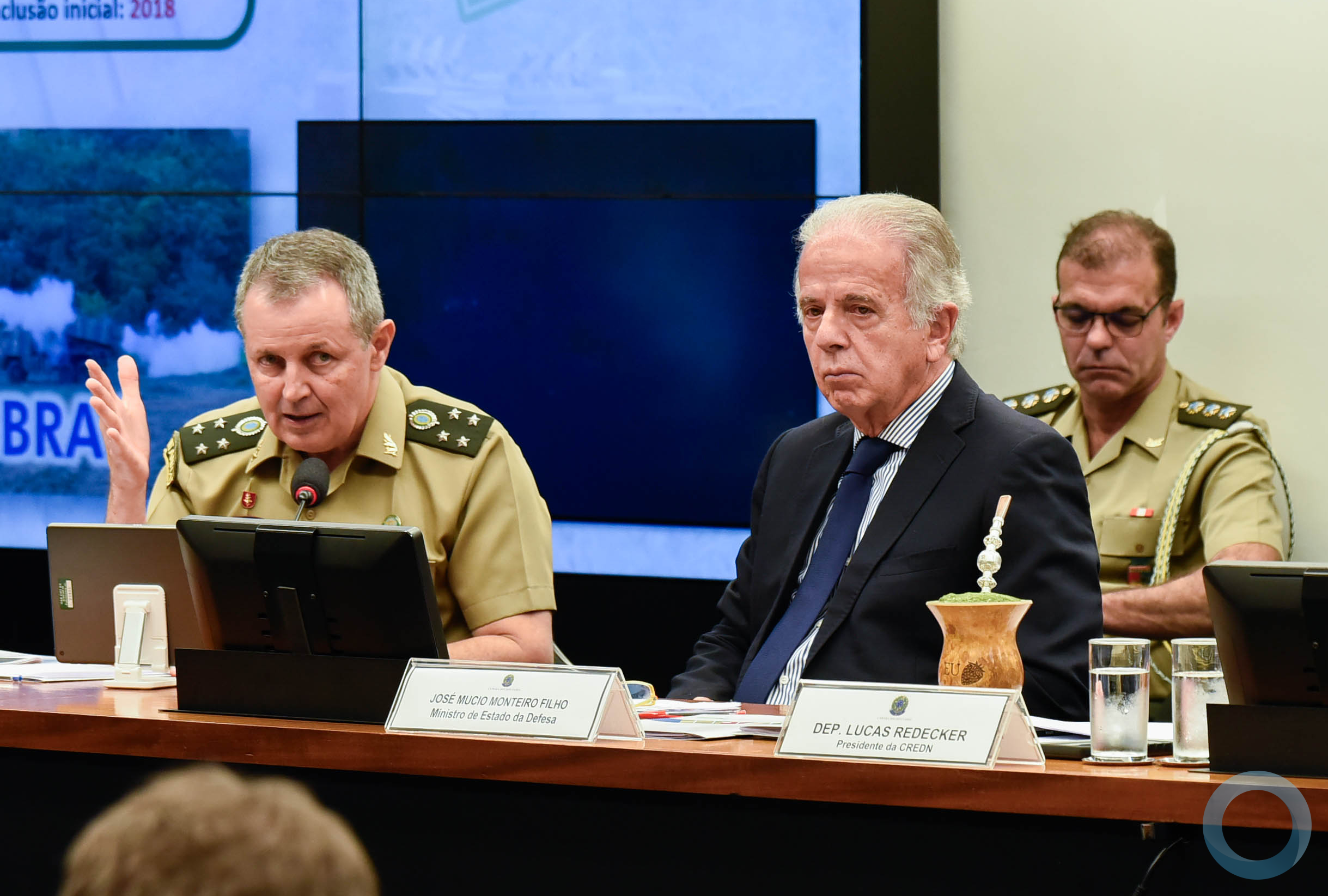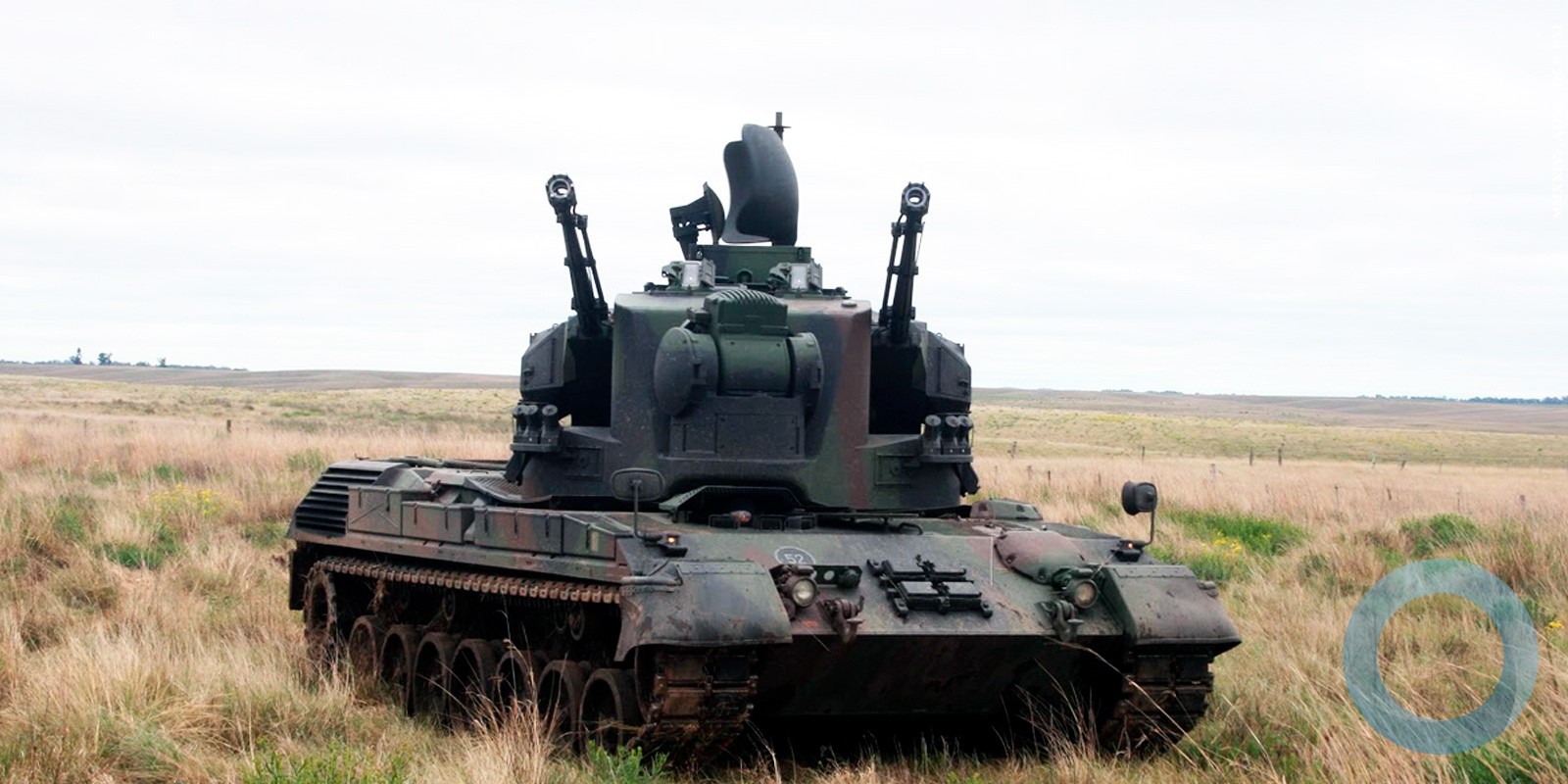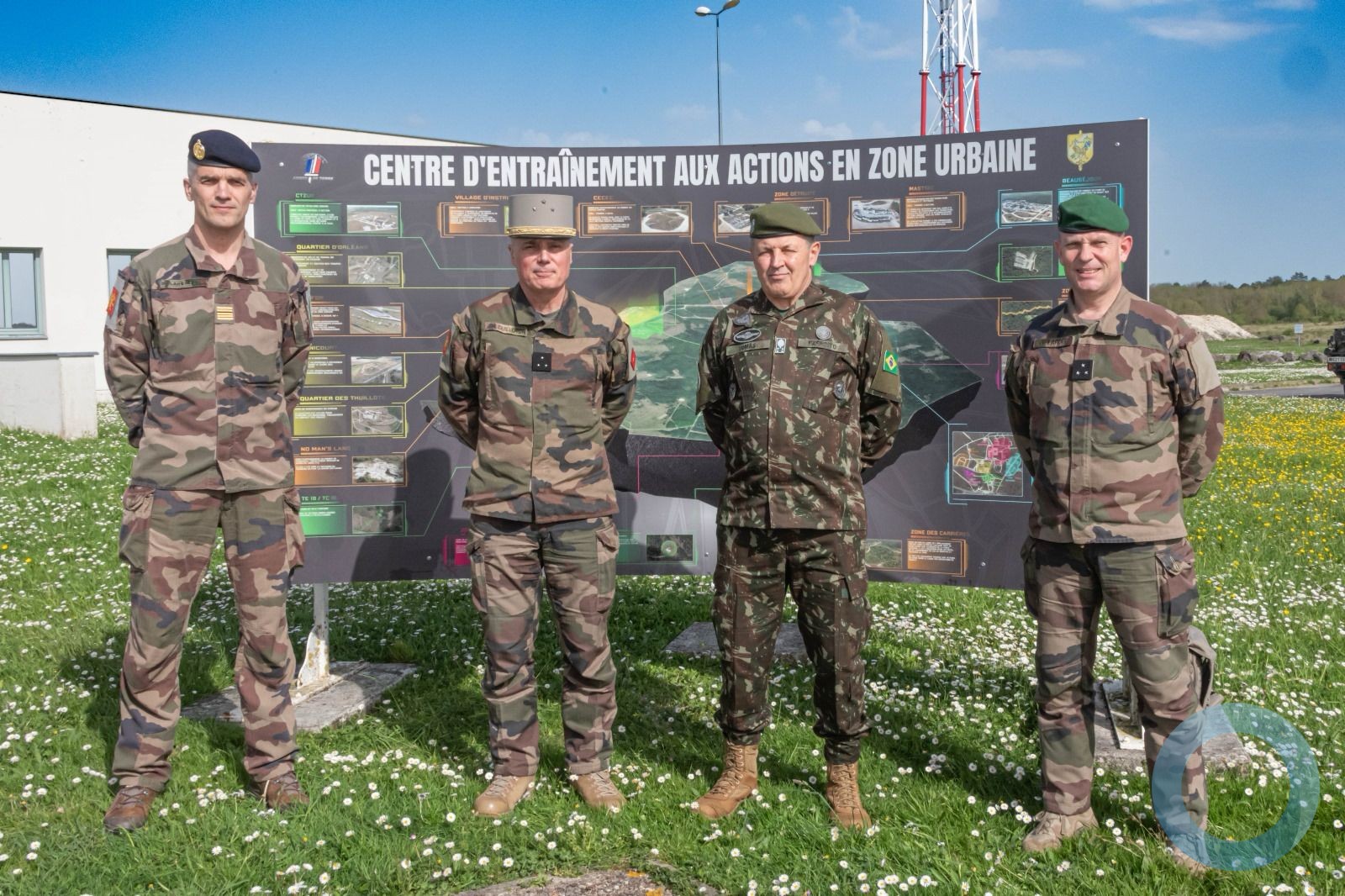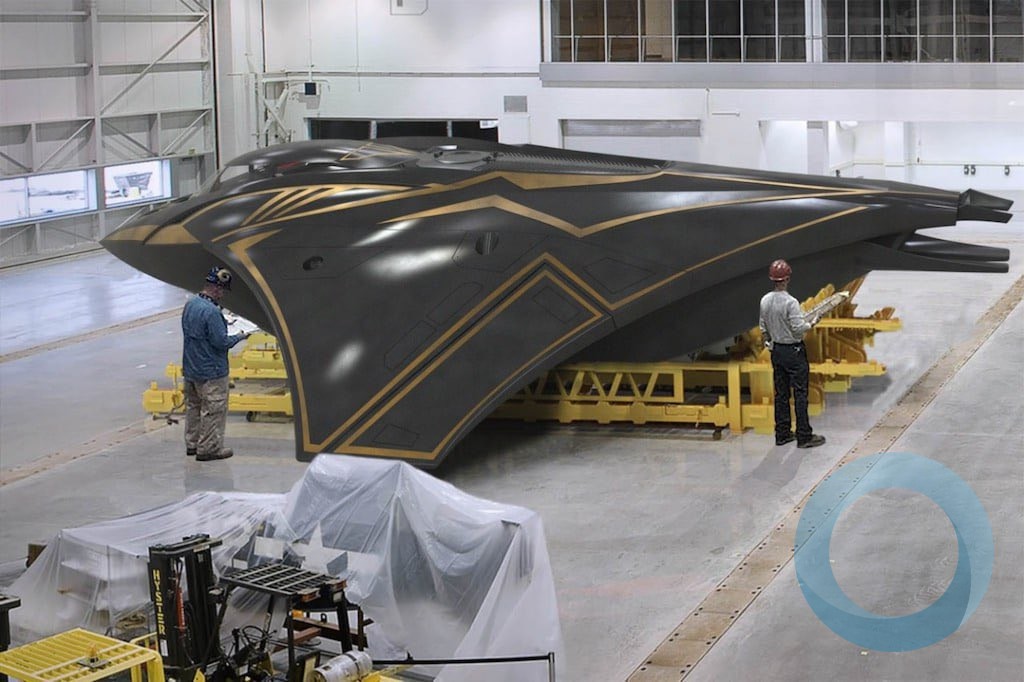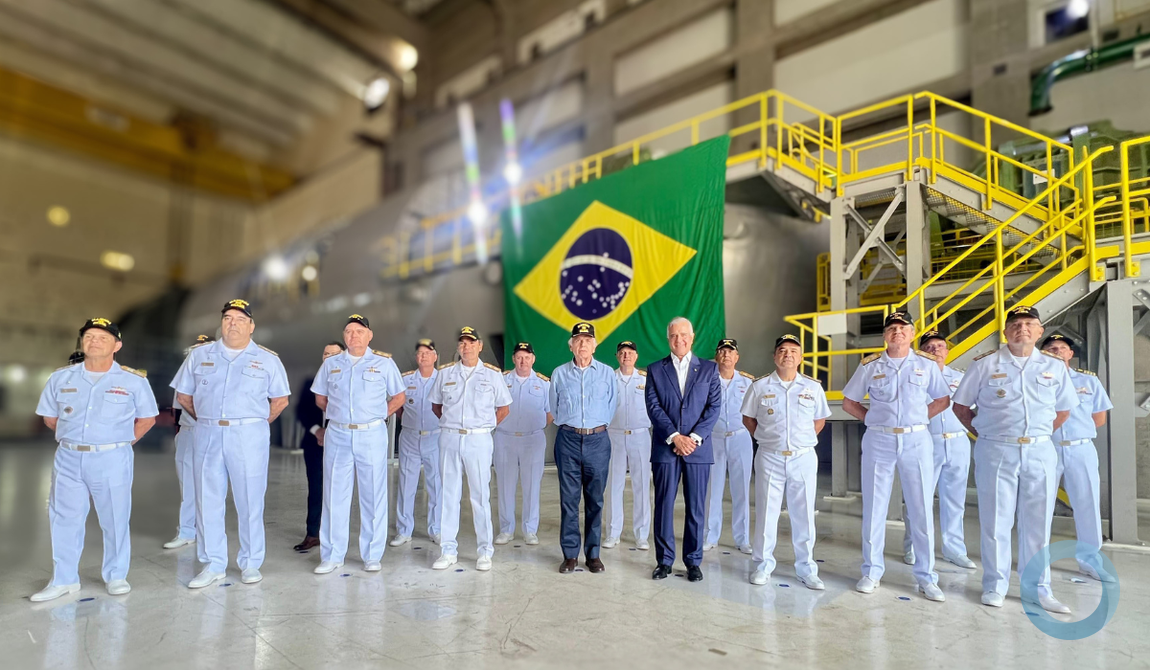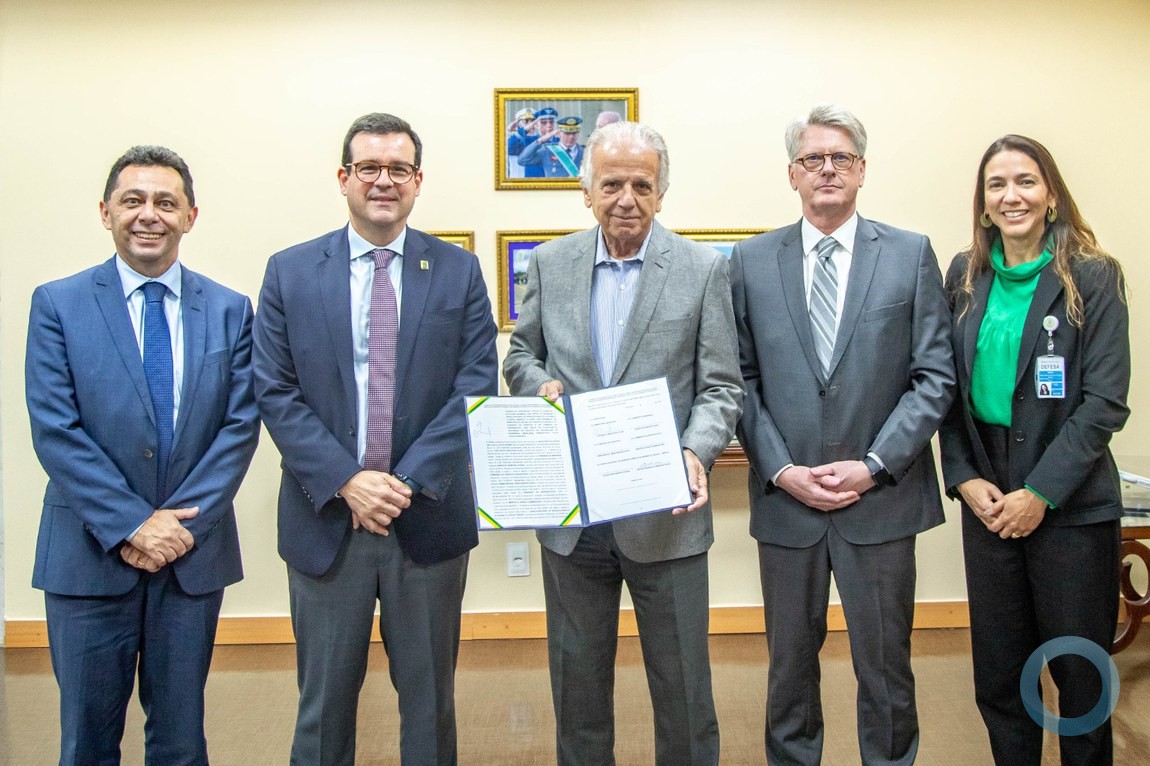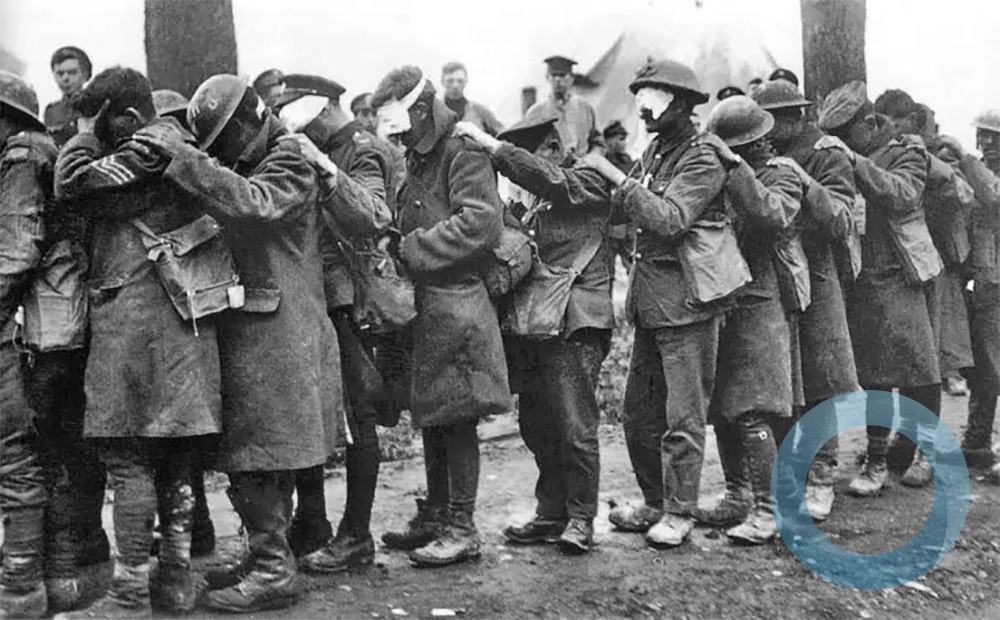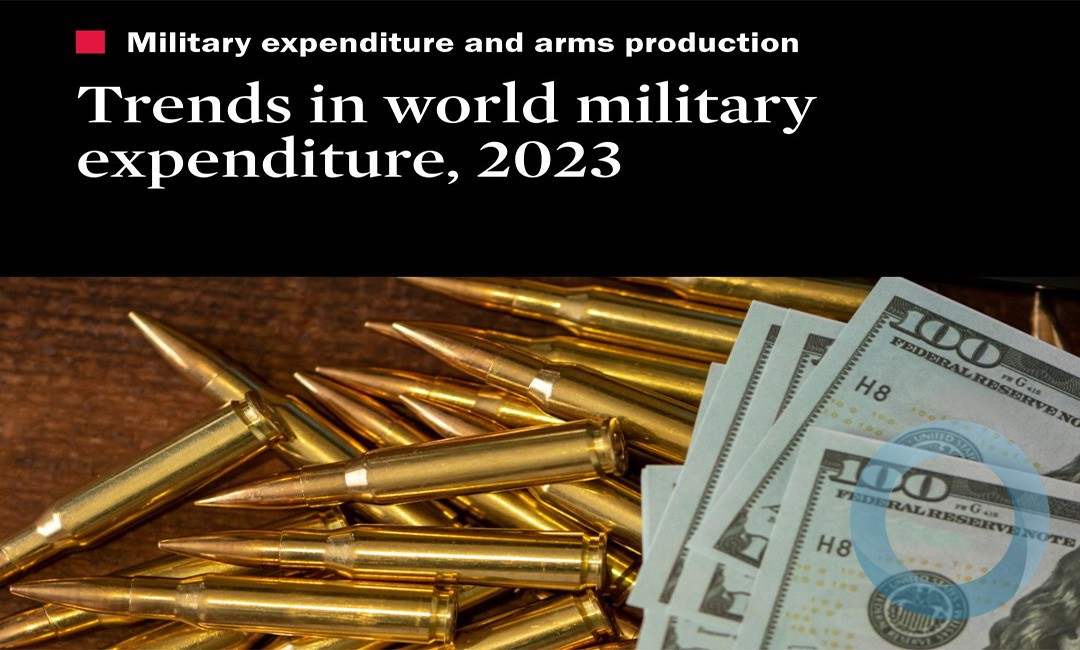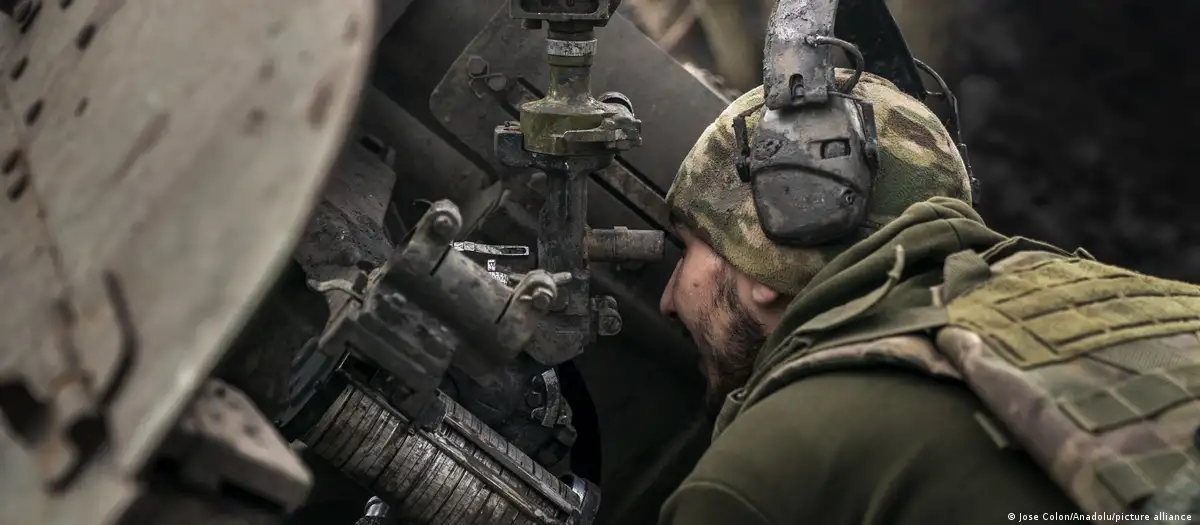For a portuguese translation access O Futuro da Guerra Aérea Link
Text with updates 18:16 July 16
by Vianney Riller, Jr
Test Pilot / Aerospace & Defense Analyst




Photo – American duo in a glimpse of the future.
USS George H.W. Bush, off the coast of Virginia – Sketching a brief futuristic exercise about the air warfare, we could glean two apparently commonplace points of departure, among many others, that are readily obvious.
First: Those developments, which are most advanced in combat aviation, use to take in account, to a greater or lesser degree, the current capabilities of the United States Naval Air Force.
Second: The most important asset in the US Navy arsenal, the aircraft carrier, despite its enormous structure and tons of mobile power is, in a simplistic description, still a “strip and hangar” to a limited number of planes, helos…and now, drones.
But, what do these two points can highlight in a line of reasoning about the future of war in the air under the perspective of the speed and success of the X-47B test program?
The New Air Wing
The most striking effect is that for each unmanned combat aircraft entering the fleet there is a corresponding removal of a piloted fighter, for obvious reasons of physical dimensions: X-47B is about the same wingspan as the F/A-18 Super Hornet. If we carry the analysis further to the doctrines of deployment, we will face the fact that to the drones of the United States Navy, differently than that of the U.S. Air Force, which values human piloting, the Navy drones are operated entirely in a preprogrammed mode with elements of artificial intelligence.
We can readily see that the operational air wing as we know it will suffer a drastic restructuring. One manned aircraft ought to lead from two to four UCAVs – Unmanned Combat Air Vehicle – in a very first new flight formation. A kind of flight that aims to keep the decision-making in the hands of the man, at the same time reducing his exposure to enemy defenses.
Invisible, Precise… and Robotic!
The aerial warfare has advanced through new technologies, in search of new assets. Invisibility allows a deeper penetration into the hostile environment under a lower risk of detection and interception. The use of guided weapons (Laser, TV, IR, GPS / INS), allows stand-off attacks – at a safe distance from the enemy. Accuracy therefore has been increased by the "intelligence" of the weapons in conjunction with the improvement of sensors and radars, which reduces the harmful collateral effects, which can compromise the entire outcome of the mission.
The X-47B, a technology demonstrator by Northrop Grumman dubbed the “Robot” by the sailors, is a UCAV with stealth geometry that aims at joining these entire characteristic in a single unmanned carrier-based aircraft. The “Robot” is notable for its automatism in flight. “The model of the US Navy is different than that of the US Air Force,” in the words of the commander of the Naval Air Command of the Atlantic, Rear Admiral Ted Branch.
“We do not have anybody actively flying the machine with a joystick in hand. We fly it with a mouse and a keyboard. In the nomenclature of the US Air Force the term is “Drone Pilots,” while in the Navy, there are “Drone Operators.”
A New Profile of (increasingly less) Pilots
The year is 2035. After a cost of development greater than US $1.4 Trillion, the Joint Strike Fighter (JSF) F-35 will be one of the few piloted-fighters of the US Navy. The new pilots designated for these aircraft are selected by different criteria from that used 22 years earlier. The aggressiveness once prized and illustrated by the classic, “No Guts, No Glory!” made famous by Major General Frederick Blesse, will make way for the ability to manage data in a network. Due to budget cuts, exercises focusing on the skill of the pilot, such as Red Flag, have been reduced in frequency and importance, losing ground to the new Linked Flag, and others, focusing on data processing and remote weapons management in integrated environments. After all, the new pilots will probably never see an enemy fighter during a combat, except by a multifunctional screen displaying by link, images sent from electro-optic systems of advanced UCAVs. Nor are the new pilots likely to find themselves in a scenario where they are exposed in the kill zone of the weapons of their opponents. The fighter pilot, as we know him today, is an endangered species.
Reshaping Missions
Back to the present day, the X-47B Robot is a UCLASS – Unmanned Carrier Launched Airborne Surveillance and Strike System, currently scheduled to enter service in 2019. What could it be sooner, regardless the more urgent ultra-secret black ops programs. Based on the projected capabilities to carry out mission of vigilance and attack, the probable operational mode would be CAPs – Combat Air Patrol, carried out entirely by drones in zones of lesser complexity and lower levels of alert. In elevated threat levels or in specific attack missions, a piloted fighter would assume command in proportions of 1:2 or 1:3, or 1:4 depending on the doctrines developed and taught during the time in question, and, obviously, depending on the type of mission.
The manned fighter we know today will evolve to where the pilot functions as FAC – Forward Air Controller. With the progressive introduction of the drones, pilot’s principal mission will be to designate objectives and tactical movements of the UCAVs under his command. The fusion of data from radars and sensors and the sharing of information of situational awareness by all, via link, between drones, fighters, and weapons – smart missiles and bombs – will extend the vision and reach of the pilot out to considerable distances. The engagement of the pilot of the future with his target will become more and more “remote.”
Influencing Air Power Globally
Since, by their mobility, the ten aircraft carriers of the US Navy can project its power to all the continents, it is reasonable to assume that the operational model and the types of aircraft will influence, in some way, foreign air forces globally. In this case, specifically, the configuration of manned fighters together with UCAVs could be adopted by other countries.
In a European collaboration, SAAB AB of Sweden, EAB of Greece, RUAG Aerospace of Switzerland, EADS CASA of Spain, and Alenia of Italy, led by the French Dassault, were successful in tests of their nEUROn, a demonstrator of an autonomous (unmanned) stealth combat aircraft for Europe, and planned for 2020.
In the United Kingdom, BAE Systems is developing its Taranis, probably the next to fly in Europe. Among the emerging powers, a heavy bet has been placed on UCAVs: In Russia, a new R&D contract pushes forward the Mig Skat. India runs its DRDO AURA. The Chinese Shenyang/Hongdu Lijian (Sharp Sword) is close to its first flight, according to sources there.
Models of interaction between drones and piloted aircraft, which take in account different levels of autonomous flight, are subject of study and raise various questions such as the joint operation with single or dual-seat aircraft. For example, France deploys Dassault’s dual-seat Rafale exactly for missions of greater complexity or/and into environments of higher opposition forces and hostility. On the other hand, Spain, Italy, and the United Kingdom intend to fly all missions with the single-seat Eurofighter Typhoon. Sweden and Switzerland appear resolute to go ahead only with the Gripen E, the single-seat version of Saab’s fighter. Russia and India are developing the Sukoi/HAL T-50, also with a one-crew. With lots of flight hours more than any other, the experienced US Navy leads the combat aircraft configured for two crewmembers. However, the introduction of the F-35 and the autonomous flight capabilities projected for their UCAVs ought to allow a single pilot to operate the systems of his fighter, as well as to command a group of drones.
The importance of drones is widely recognized today, principally in respect to missions that require many hours on station where human fatigue could become a performance-limiting factor.
Combat aviators share the fear that robots could replace pilots. Curiously enough, one of the main arguments in favor of the deployment of the UCAVs could become the biggest threat to the program – the cost. What initially justified a project that could decrease risking pilot’s life while reducing significantly the operating cost of a piloted modern fighter has now reached expressive numbers.
The apex of the uncertainties regarding commissioning, production quantities, operational model and deployment of the UCAVs also maintains the delicate balance of ethical issues. The possibility of robotic combat can lead to the false impression of a detachment from war, in a virtualization of the deadly consequences of the battles. Moreover, that awakens respectable reflections in times where conflicts move often to asymmetrical scenarios. In this aspect in particular, a troubling side effect of the use of drones is the increased possibility of terrorist actions in retaliation for the operation of "aerial robots." Because of the lack of direct exposure of the operators to the risk of injury or death, arises the thought of an ethics of war where "one who claims the right to kill, has to bleed first."


Photo Above – Russian MiG SKAT
These forecasts become more and more convoluted, especially with the ferocious increase in economic uncertainty worldwide. Trying to look ahead can either be an inspired insight, or a hopeless shot in the dark. In this environment, the flight deck of the US Navy aircraft carriers are clearly the best “crystal ball,” when trying to see what lies ahead.
Update
The X-47B yesterday (7/15) experienced unspecified technical issues while in flight and officials decided to abort the mission before the X-47B attempt to land at the aircraft carrier (fourth carrier landing attempt).
On July 10 X-47B completed two carrier landings and takeoffs aboard the USS George H.W. Bush about 70 miles off the coast of Virginia Beach, Va., in what officials heralded as the future of naval aviation. A third touchdown planned for that day was aborted after one of the aircraft’s navigational computers failed.
| Main under-development Unmanned-Combat-Air-Vehicles list | ||||
|
UCAV |
Manufacturer | Especifications | Program Cost | EIS (date) |
| X-47B |
Northrop Grumman (USA) |
Length: 11.63 m Wingspan: 18.92 m extended / 9.41 m folded Height: 3.10 m Empty weight: 6,350 kg Max. takeoff weight: 20,215 kg Powerplant: 1 × Pratt & Whitney F100-220U turbofan Maximum speed: Subsonic Cruise speed: Mach 0.9+ (high subsonic) Range: 2,100+ NM (3,889+ km) Service ceiling: 40,000 ft (12,190 m) |
US$1.4 billion | 2019 |
| nEUROn |
Dassault (France)
Alenia (Italy)
EADS CASA(Spain) Saab (Sweden) |
Length: 9.5 m Wingspan: 12.5 m Empty weight: 4900 kg Gross weight: 7,000 kg Powerplant: 1 × Rolls-Royce/Turboméca Adour 40 kN thrust Maximum speed: 980 km/h Service ceiling: 45,900 ft (14,000 m) |
€405 million (€25 million unit cost) |
2020 |
| Taranis | BAE Systems (UK) |
Length: 11.33 m Wingspan: 9.1 m Height: 4 m Weight: 8000 kg Range: Intercontinental Powerplant: 1 × Rolls-Royce Adour Mk.951 turbofan 2.94 ton Maximum speed: High subsonic |
£143 million (initial prototype) |
? |
| Lijian |
Shenyang/ Hongdu (China) |
Wingspan: 14 m | ? | Near to its first flight |
| R&D signed to a development from MiG Skat | MiG (Russia) |
(MiG Skat references) Length: 10.25 m Wingspan: 11.5 m Powerplant: 1 × Klimov RD-5000B Maximum speed: 800 km/h Range: 2,000NM (3,700 km) Service ceiling: 39,370 ft (12,000 m) |
? | ? |
| AURA | DRDO (India) |
Length: 11.5 m Wingspan: 15 m Gross weight: 14,500 kg Max. takeoff weight: 16,000 kg Powerplant: 1 x GTRE GTX-35VS Kaveri (K9 or K10 variant) afterburning turbofan 18,210 lbf (81.0 kN) Maximum speed: 950 km/h Range: 2,000NM (3,700 km) Service ceiling: 32,800 ft (10,000 m) |
US$ 1.5 billion |
It is planned to conduct its first flight in 2015. In service 2019-2020 |
|
DNTV
Look US Navy video with the UCAS landing and take off from CVN 77 Link Editor |






